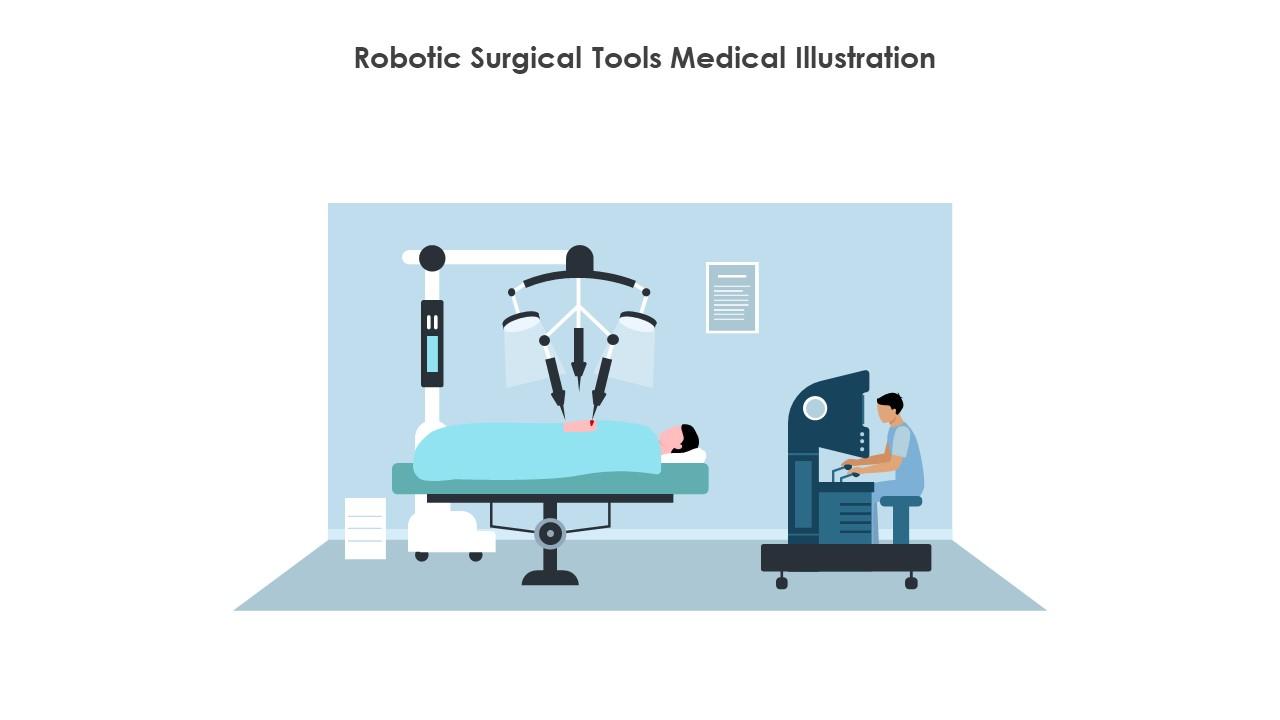Surgical instruments are the backbone of modern medical procedures, enabling surgeons to perform complex operations with precision, safety, and efficiency. These tools have evolved significantly over the years, from simple hand tools to advanced robotic systems that enhance surgical outcomes. Whether it’s a scalpel used for making incisions or a high-tech robotic arm assisting in minimally invasive surgery, each instrument plays a vital role in patient care.
In this article, we will explore the different types of surgical instruments, their uses, and their importance in contemporary healthcare. We’ll also touch on how these instruments are maintained, the market trends shaping their development, and the future of surgical technology.
The Evolution of Surgical Instruments
Surgical instruments date back thousands of years, with early examples found in ancient Egypt and Mesopotamia. However, it wasn’t until the 19th century that the field of surgery began to take shape as a formal medical specialty. With the advent of anesthesia, antiseptics, and sterilization techniques, the use of surgical instruments became more standardized and effective.
Today, surgical instruments are categorized based on their function, design, and application. They range from basic hand tools like forceps and scalpels to highly sophisticated devices such as laparoscopic tools and robotic surgical systems.
Common Types of Surgical Instruments
-
Cutting Instruments: These include scalpels, scissors, and electrocautery devices. Scalpels are used for making precise incisions, while electrocautery is used to cut tissue and control bleeding.
-
Grasping and Holding Instruments: Forceps, clamps, and needle holders are used to grasp and manipulate tissues, sutures, or other materials during surgery.
-
Retractors: These instruments hold open wounds or incisions to provide better visibility and access to the surgical site.
-
Suction Devices: Used to remove fluids, blood, or debris from the surgical field, ensuring a clear view for the surgeon.
-
Laparoscopic Instruments: These are used in minimally invasive surgeries, such as those performed through small incisions using a camera and specialized tools.
-
Robotic Surgical Systems: Advanced systems like the da Vinci Surgical System allow for greater precision, flexibility, and control during complex procedures.
The Role of Surgical Instruments in Modern Medicine
Surgical instruments are not just tools; they are essential components of successful surgical outcomes. Their importance lies in several key areas:
1. Precision and Accuracy
Modern surgical instruments are designed to offer high levels of precision, allowing surgeons to perform delicate procedures with minimal trauma to surrounding tissues. This is particularly crucial in neurosurgery, ophthalmology, and orthopedic procedures.
2. Safety and Infection Control
Properly sterilized and maintained instruments reduce the risk of infections and complications. The cleaning and disinfection process involves multiple steps, including pre-cleaning, manual or automated washing, and final rinsing. Automated washer/disinfectors and ultrasonic cleaners are commonly used to ensure thorough decontamination.
3. Efficiency and Workflow
Advanced surgical instruments streamline the surgical process, reducing the time required for procedures and improving overall efficiency. For example, electrosurgical devices can simultaneously cut and coagulate, minimizing the need for multiple instruments.
4. Patient Outcomes
The quality and functionality of surgical instruments directly impact patient recovery times and long-term health outcomes. High-quality instruments contribute to better wound healing, reduced scarring, and faster rehabilitation.
Market Trends and Innovations
The global surgical equipment market is growing rapidly, driven by increasing demand for advanced surgical solutions. According to recent reports, the market size was estimated at $16.91 billion in 2023 and is projected to reach $45.61 billion by 2034, growing at a compound annual growth rate (CAGR) of 9.44%.
Key Drivers of Growth
- Rising Number of Surgeries: With an aging population and increased prevalence of chronic diseases, the demand for surgical procedures continues to rise.
- Technological Advancements: Innovations such as 3D printing, AI integration, and robotic surgery are transforming the industry.
- Disposable vs. Reusable Instruments: While disposable instruments are preferred for infection control, reusable instruments remain popular due to cost-effectiveness and environmental considerations.
Emerging Technologies
Artificial Intelligence (AI) is playing an increasingly important role in surgical equipment. From automating manufacturing processes to enhancing robotic systems, AI improves accuracy, reduces errors, and supports real-time decision-making during surgeries.
Another notable trend is the use of 3D printing to create customized surgical instruments. This technology allows for rapid prototyping and production of specialized tools tailored to specific procedures, reducing costs and improving efficiency.
Challenges and Future Outlook
Despite its growth, the surgical equipment market faces challenges such as supply chain disruptions, regulatory hurdles, and rising costs. However, the future looks promising with continued innovation and investment in research and development.
Regulatory Compliance
Ensuring compliance with international standards such as ANSI/AAMI ST79 and FDA guidelines is critical for manufacturers. These standards outline best practices for sterilization, reprocessing, and safe handling of surgical instruments.
Sustainability Efforts
As environmental concerns grow, there is a push toward more sustainable surgical practices. This includes the development of biodegradable instruments and improved recycling programs for reusable devices.
Global Expansion
Regions like Asia-Pacific are expected to see the fastest growth due to increasing healthcare infrastructure and government support. Countries such as India and China are investing heavily in medical technology, creating new opportunities for surgical equipment manufacturers.
Conclusion
Surgical instruments are indispensable in modern medicine, enabling life-saving procedures and improving patient outcomes. As technology advances, these tools continue to evolve, offering greater precision, safety, and efficiency. From traditional hand tools to cutting-edge robotic systems, the diversity of surgical instruments reflects the complexity and sophistication of contemporary surgical care.
Whether you’re a medical professional, a student, or simply curious about the field, understanding the role and importance of surgical instruments is essential. As the industry moves forward, the focus will remain on innovation, quality, and patient safety—ensuring that every tool used in surgery contributes to better health outcomes worldwide.
Call to Action
Stay updated with the latest advancements in surgical technology and healthcare innovations. Explore today’s headlines to learn more about how the field is evolving and what the future holds for surgical care.
Author: Dr. Emily Thompson
Title/Role: Medical Technology Analyst
Credentials: Dr. Thompson has over 15 years of experience in medical device development and healthcare policy. She specializes in surgical innovation and has contributed to numerous publications on medical technology.
Profile Link: www.emilythompsonmedical.com
Sources:
– AAMI Standards
– FDA Guidelines on Surgical Instruments
– World Health Organization – Surgery
Internal Links:
– Understanding Medical Device Regulations
– The Future of Robotic Surgery
– Surgical Instrument Maintenance Tips
Schema Markup:
{
"@context": "https://schema.org",
"@type": "Article",
"headline": "Understanding Surgical Instruments: Types, Uses, and Importance in Modern Medicine",
"author": {
"@type": "Person",
"name": "Dr. Emily Thompson"
},
"datePublished": "2025-04-05",
"description": "Discover the types, uses, and significance of surgical instruments in modern medicine."
}
Featured Snippet Optimization:
“Surgical instruments are essential tools in modern medicine, used for precision, safety, and efficient surgical procedures. They include cutting, grasping, and robotic devices that improve patient outcomes.”
Image Optimization:
–
– 
–
– 
–











More Stories
What Is Yodo Para Tiroides and How Does It Affect Thyroid Health?
What is WSET? A Comprehensive Guide to Wine Education
US Trending News: What Are Winter Bones? A Guide to the Seasonal Trend in Bone Health